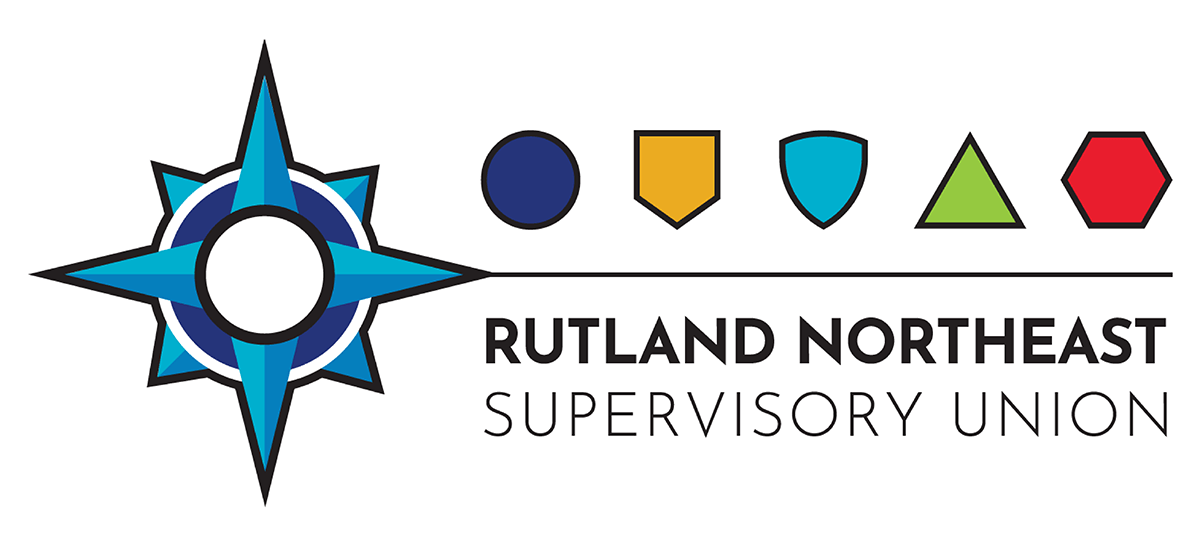Act 46 FAQ
What towns are affected by the RNESU consolidation proposal?
The Rutland Northeast Supervisory Union services the communities of Brandon, Chittenden, Goshen, Leicester, Mendon, Pittsford, Sudbury and Whiting. The schools within RNESU include the following:
Barstow Memorial School - PreK-8th, with High School Choice (Operating under a joint contract between Chittenden and Mendon)
Leicester Elementary School - PreK-6th
Lothrop Elementary School - PreK-6th
Neshobe Elementary School - PreK-6th
Otter Valley Union Middle & High School - 7th-12th (All towns, with the exception of Chittenden and Mendon, are part of the OV District)
Sudbury Country School - K-6th
Whiting Elementary School - PreK-6th
Goshen has designated Neshobe as its elementary school.
School district, union district, supervisory union? Which one are we, and what is the difference?
All three models exist in Rutland Northeast SU. Each of our towns have an elementary school, and is its own "school district" with its own school board. Sometimes the term "town-school district" is used.
6 towns (Brandon, Goshen, Leicester, Sudbury, Whiting and Pittsford) are members of Otter Valley Union Middle and High schools. OV Union also has its own 10 member school board with proportional representation from all the sending towns; this board oversees OV Middle and High. Two of our towns, Chittenden and Mendon, participate in a joint contract (with East Pittsford as a non active partner) that results in sharing Barstow Memorial School. The school districts in OV Union and the Barstow Joint Agreement make up the Rutland Northeast Supervisory Union, which has its own board made up of representatives from each of the town school district boards. RNESU oversees the shared services for all districts, such as the superintendent, special education, K-12 curriculum development, business services, food services, transportation services, and technology support.
How would governance consolidation (also known as the accelerated merger) change that set-up?
There are options that need to be discussed by the study committee. Reduced to its simplest format, however, we could choose to create a “side by side SU” with 2 preferred governance models: the six OV union towns could form a single OV District, with one board and budget instead of 7; while Mendon and Chittenden would function as only one board and one budget within Barstow (and retain school choice if desired); and the two models could sit within the supervisory union which would now consist of 2 districts boards and 1 SU board.
Do Chittenden and Mendon need to give up tuition choice status? And if they don’t what happens?
No, Act 46 does not require any town to give up “choice” that currently has it. Only the voters of that town could make that decision. Mendon and Chittenden will need to determine if they each wish to retain choice, and if yes, do they wish to form a district (Barstow) together. If yes, to that, they can exist as their own district within a supervisory union.
What would a consolidated school board look like and how would it be formed?
That needs to be discussed by a the study committee, which consists of citizens and board members from all towns. The options include, but are not limited to: a board with proportional representation based on population similar to the OV board now; a fully at-large board, where a board of a certain size is elected from a ballot regardless of town designation (though a candidate has to be a resident of the new school district); or a mix of town representation and at-large representation.
Without our local school boards, who is running our schools?
While the level of involvement in running schools varies from town to town, state statute and the Vermont School Boards Association are clear that boards are supposed to govern our schools, not manage them. So, schools would be run by their principals and the superintendent, but governed by the policies implemented by the new board.
A merger would help make clear the lines of supervision, which are not as clear today. Principals would run their schools and be supervised by the superintendent. The superintendent would answer to one board. Currently the situation is often not as clear. Some principals feel like they answer to both their local board and the superintendent, which creates conflict, and the superintendent, in effect, answers to eleven boards and 44 board members.
With the end of our local board, what role does the community have in our school?
The culture of each school really isn't driven by the school board. It is driven by dedicated parents and townspeople who take an active role in their schools through parent organizations, by volunteering during the school day and for after-school activities, by sponsoring and running events, by coaching sports, directing plays, and teaching about the environment. Those roles and needs will not change.
